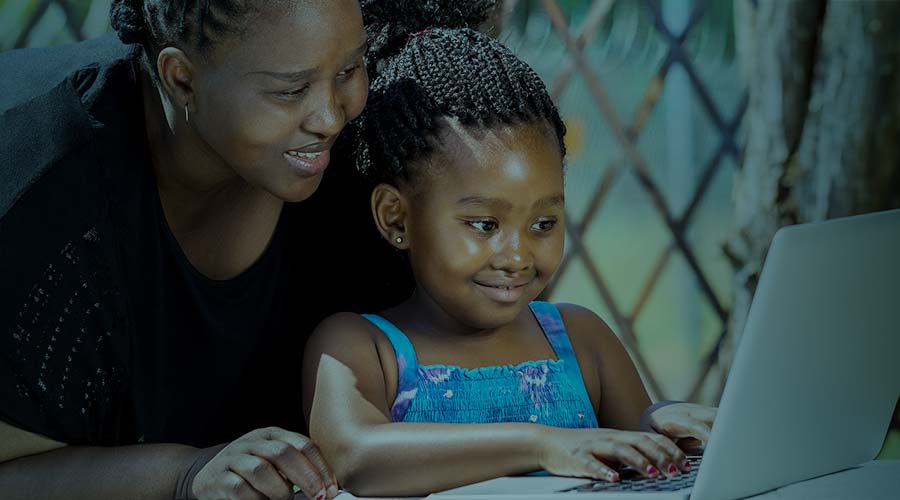With school, work and home life moved online, it’s more important than ever for families to have access to quality, reliable broadband internet services. As the summer approaches, the digital divide that currently exists will become magnified as many kids leave the classroom and subsequently lose access to digital devices and broadband they may enjoy during school. Organizations and public agencies are working to address the digital divide, but it’s also important to recognize the physical and financial disparities that currently exist within many African American communities across the country.
According to a recent study by the Pew Research Center, racial minorities are less likely to have broadband service at home. Black and Hispanic children have 9% and 15% lower rates of internet connectivity at home, respectively. Half of American Indian and Alaska Native children do not have access to a computer or high-speed internet at home, according to the Population Reference Bureau.
These disparities are largely a result of the wealth gap that exists between white people and people of color, according to Northeastern University’s Global Resilience Institute. Robert F. Smith has focused much of his philanthropic work on closing the wealth gap, and has encouraged large corporations to devote 2% of their profits to help do so, as a part of The 2% Solution.
The Institute notes that “basic internet access and efficient internet speed are salient factors in a person’s ability to utilize resources effectively.” Meaning that lack-of-access to the internet, could widen the wealth gap, which is in turn largely perpetuating the digital divide.
Impact of the Digital Divide on Ongoing Education
Lack of access to high-speed internet is correlated with lower levels of proficiency in reading and mathematics. It also could prohibit access to online summer learning programs that a growing number of American school children use to advance their education. This means that while children without internet access continue to fall behind, those with internet access are using it to get ahead — exacerbating gaps that currently exist.
While the digital divide still persists, we have made great strides in reducing disparities and getting everyone connected. Since 2015 in-home access to broadband internet has risen 15% for Hispanic families, and 19% for Black families. This is really remarkable progress, but still more needs to be done to expand digital broadband access to all.
The EDISON Alliance: Working to Promote Digital Inclusion
One of the groups working to address the divide is the Essential Digital Infrastructure and Services Network, or the EDISON Alliance. The EDISON Alliance is a cross-sector initiative founded to work with governments and industries to accelerate digital inclusion and end connectivity deserts. Robert F. Smith has helped the Alliance from the very beginning and sits on its board. When the creation of the EDISON Alliance was announced at The Davos Agenda earlier this year, Smith said “Connectivity is oxygen for opportunity… Just as we push for equitable access to clean air and water, we also need to scale up access to broadband, devices, and digital literacy, which are onramps to education, healthcare, financial services and human empowerment.”
The EDISON Alliance has an ambitious goal of fostering affordable and accessible digital opportunities for everyone by 2025, and helping build a future where everyone can participate in the digital economy.
Learn more about Robert F. Smith’s efforts to close the digital divide and work with the EDISON Alliance.






